
Renovating an RV sounds like a dream project. You see the viral photos of white cabinets and rooftop decks and want to build your own home on wheels. But there is a harsh reality behind those filters.
An RV is not a stationary house; it is a vehicle that has to survive highway speeds and constant vibration. The market has shifted. Buyers are smarter, and inspectors are using digital tools to spot amateur work.
One bad modification can drop your resale value by 50% or make your rig uninsurable. We identified specific mistakes you must avoid to protect your investment.
🚧 Smart Restoration: Don’t Tank Your RV’s Resale! 🛠️
The “Undo” Cost Factor
A highly personalized, niche aesthetic (e.g., extreme themed interiors) can make buyers subtract up to 20% of your asking price. They mentally calculate the cost to repaint and redesign to fit their own taste. Keep it neutral!
Expert Quote: Weight Matters
“Residential materials like granite counters or heavy tile often add 500+ lbs to an RV, pushing it dangerously close to its Gross Vehicle Weight Rating (GVWR). Safety and structural integrity trump aesthetics every time.” – *RV Industry Specialist*
The Family Utility Value
The Top 3 most-sought RV amenities for buyers are: 1. Functioning Bunks/Sleeping Areas, 2. A Usable Bathroom, and 3. Kitchen Appliances (Oven/Stove). Removing any of these drastically shrinks your buyer pool.
Inspection Failure Risk
Professional RV inspectors find evidence of concealed water damage or faulty DIY electrical work in over 60% of improperly “flipped” units. This instantly leads to a failed sale or a value drop of 50% or more.
A Professional-Grade, Neutral Restoration Can Boost Resale Value By:
1. Compromising Frame Integrity via Drilling and Welding
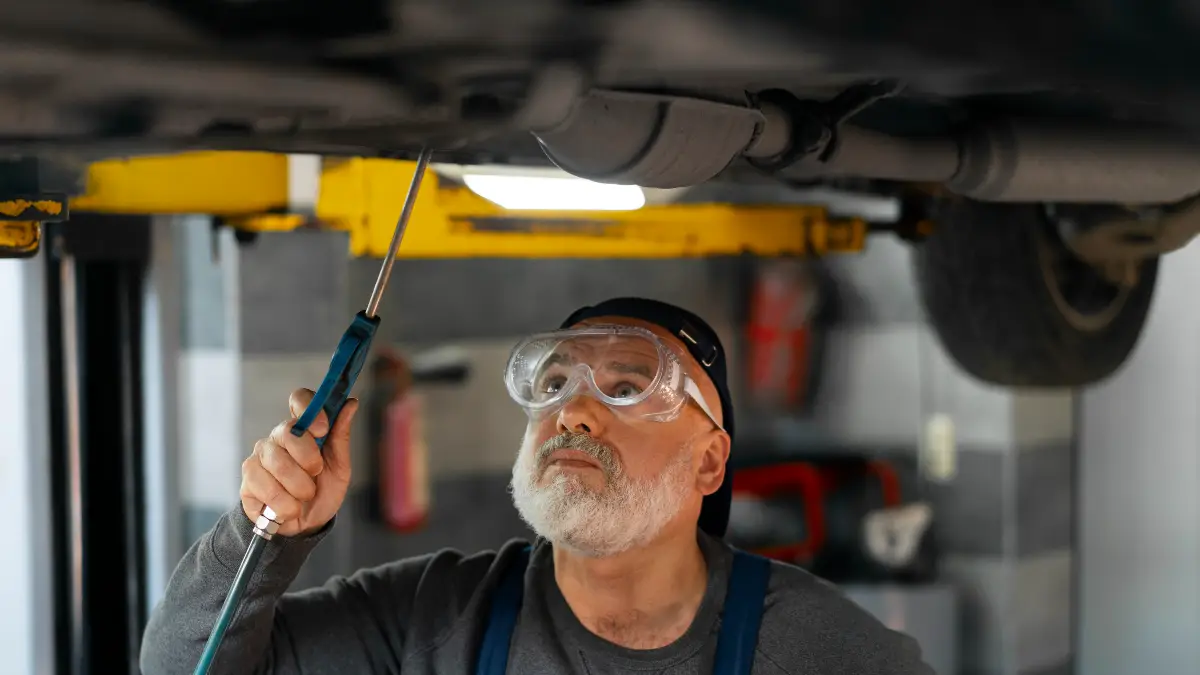
One of the most pervasive and damaging mistakes observed in the DIY renovation community is the unauthorized modification of the RV chassis. Renovators, aiming to install under-body storage boxes, grey water tanks, or heavy accessory mounts, frequently drill or weld directly onto the frame rails. This practice demonstrates a critical ignorance of automotive metallurgy and structural engineering.
The Mechanism of Failure The chassis of a towable RV or motorhome—often manufactured by specialized suppliers like Lippert Components—is engineered with precise stress tolerances. The flanges of the I-beam frame are the primary load-bearing components, designed to flex under the dynamic loads of travel.
Drilling holes into these flanges, particularly near suspension hangers or stress concentrations, introduces “stress risers.” Under cyclic loading—the constant bouncing and vibration of highway travel—these risers become the origin points for fatigue cracks. Over time, these cracks propagate, leading to catastrophic frame failure.
Warranty and Liability Implications From a legal and warranty perspective, frame modification is a terminal error. Frame manufacturers and RV OEMs typically void the chassis warranty immediately upon detection of unauthorized welding or drilling.
This is not merely a bureaucratic technicality; it is a liability shield. In the event of an accident caused by frame failure, the manufacturer is absolved, shifting full negligence liability to the owner who performed the modification.
The rise of rigorous pre-purchase inspections has made frame damage virtually impossible to hide. Inspectors are trained to look for non-factory welds and drill holes. When identified, these modifications signal a “Do Not Buy” status. Dealerships, bound by strict liability laws, will generally refuse to trade in a unit with a compromised frame, as they cannot legally retail a vehicle with known structural defects. Consequently, the owner is forced to sell in the private market, often at scrap value, representing a 100% loss of equity in the chassis.
2. The Hidden Corrosion of Spray Foam Insulation

In an effort to replicate residential efficiency or enable four-season living, renovators often apply closed-cell spray foam insulation to the RV underbelly. While effective in stationary housing, this application is disastrous for mobile assets exposed to road salts, moisture, and vibration.
Moisture Entrapment and Chassis Rot The primary failure mode of spray foam in an RV application is moisture entrapment. Road water, often laden with corrosive de-icing salts, inevitably finds pathways between the rigid foam and the steel chassis.
Unlike traditional underbelly materials (coroplast or fiberglass) that allow for drainage and airflow, spray foam creates a seal that traps this moisture against the metal. This creates an accelerated corrosion environment—a “rust incubator”—that eats away at the frame, cross-members, and outriggers unseen.
The Serviceability Blockade Beyond corrosion, spray foam creates an insurmountable barrier to maintenance. RV underbellies house critical infrastructure: holding tanks, gate valves, hydraulic lines, and electrical harnesses.
Encasing these components in a solid block of foam renders them inaccessible. If a hydraulic slide line bursts or a tank valve fails, a technician cannot simply unscrew a panel to access the repair; they must chip away at hardened foam for hours.
Valuation Consequence Service centers often refuse to work on foam-encased underbellies due to the labor intensity and liability of damaging encased components. An RV that cannot be economically serviced is an RV that cannot be sold at market rate.
Appraisal data suggests that units with spray-foamed underbellies suffer a valuation penalty equivalent to the cost of completely stripping and restoring the underbelly—often thousands of dollars.
3. Unauthorized Roof Decks and Dynamic Load Violations

The “Instagram aesthetic” has popularized the installation of rooftop decks for sunset viewing. However, the structural reality of RV roofs contradicts this usage case, leading to severe water intrusion and structural collapse risks.
Static vs. Dynamic Load Limits Standard RV roofs are engineered for “maintenance loads”—the weight of one or two technicians moving carefully to service an AC unit.
They are not designed for the “live loads” of a social gathering, furniture, and the dynamic forces of that weight shifting during transit. Bolting a wooden deck to the roof trusses can exceed the sheer strength of the fasteners and crush the insulation and decking material below.
The Leak Vector Mechanism Securing a deck requires penetrating the continuous waterproof membrane (TPO, EPDM, or fiberglass) with lag bolts or screws. While sealant is applied initially, the racking and twisting of the RV body during travel creates a “working” motion at these fasteners.
This movement breaks the sealant bond, creating direct pathways for water intrusion into the ceiling cavity. Water damage in the ceiling is insidious; it often rots the roof trusses and delaminates the sidewalls before a drip is ever seen inside.
Insurance Denials Insurance carriers have explicitly tightened underwriting regarding roof modifications. Policies frequently exclude coverage for damage resulting from “unauthorized structural additions.”
If a roof leak develops or a passenger falls from an unrailed deck, the claim is likely to be denied. The uninsurable nature of the modification makes the RV toxic to financing banks, further tanking resale value.
4. Overloading Axles with Heavy Residential Materials

The trend of replacing lightweight, specialized RV interiors with heavy residential materials—solid wood shiplap, ceramic tile, butch block countertops—is a direct assault on the vehicle’s Cargo Carrying Capacity (CCC).
The Physics of GVWR Every RV has a Gross Vehicle Weight Rating (GVWR) determined by the capacity of its axles, tires, and brakes. Manufacturer-installed cabinetry is often constructed of hollow-core lumber or lightweight composites to maximize the available payload for the user.
A renovation that strips 200 lbs of composite material and replaces it with 800 lbs of solid oak and tile consumes a massive portion of the CCC.
Mechanical and Legal Consequences Operating an RV at or above its GVWR leads to premature mechanical failure: blown tires, cracked leaf springs, and overheated wheel bearings.
Legally, if an overweight RV is involved in a collision, the owner can be found negligent. Insurance investigators routinely weigh vehicles post-accident; if the RV is found to be overweight due to renovations, liability coverage may be voided.
Informed buyers are advised to request weight tickets before purchase. An overweight RV is a safety hazard that requires expensive remediation (stripping the renovation) to be road-legal.
5. Suspension Lifts and Center of Gravity Alterations
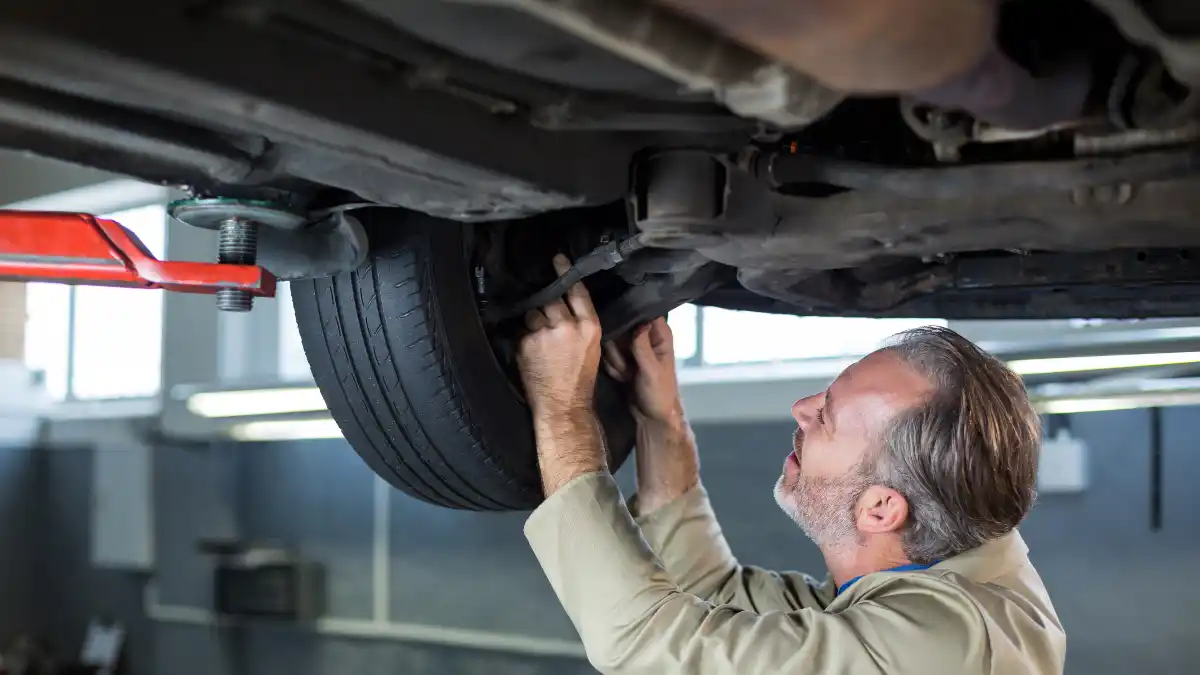
Modifying the suspension to “lift” the RV for off-road aesthetics or clearance affects the vehicle’s center of gravity (CoG) and towing dynamics.
Rollover and Sway Risks Raising the ride height of a travel trailer or fifth wheel raises its CoG, increasing the pendulum effect and susceptibility to sway (fishtailing) at highway speeds. This makes the towing experience terrifying and dangerous.
Furthermore, altering the suspension geometry can cause the tires to rub against the wheel wells or frame under load, leading to blowouts.
Market Limitation While a lifted suspension appeals to a niche off-road demographic, it alienates the mass market. Most buyers prioritize towing stability and safety over ground clearance.
A modified suspension flags the vehicle as “high risk” for rollover accidents, frightening away families and risk-averse buyers, effectively shrinking the potential market by over 80%.
6. Removal of Emergency Exit Windows

Aesthetic preferences for unobstructed views often lead renovators to replace federally mandated emergency exit (egress) windows with fixed residential glass or standard RV windows. This is a critical violation of NFPA 1192: Standard on Recreational Vehicles.
Code Compliance and Criminal Liability NFPA 1192 mandates specific egress routes based on the sleeping capacity and layout of the RV.
Removing a designated exit window traps occupants in the event of a fire—a scenario that is statistically significant in RVs due to propane and electrical risks. If a fire occurs and occupants cannot escape because an exit was removed, the seller could face criminal negligence charges.
Recall Context and Inspection The industry scrutiny on egress windows is high; major manufacturers like Keystone have issued recalls simply for mislabeled windows, underscoring the legal weight of this feature. Inspectors check for the red latches and “EXIT” badging. If an egress window is missing, the RV fails safety inspection immediately.
Replacing these custom-sized windows is expensive and difficult, often requiring the sourcing of obsolete parts, which drives the resale value down significantly.
7. Amateur Modifications to the Propane System
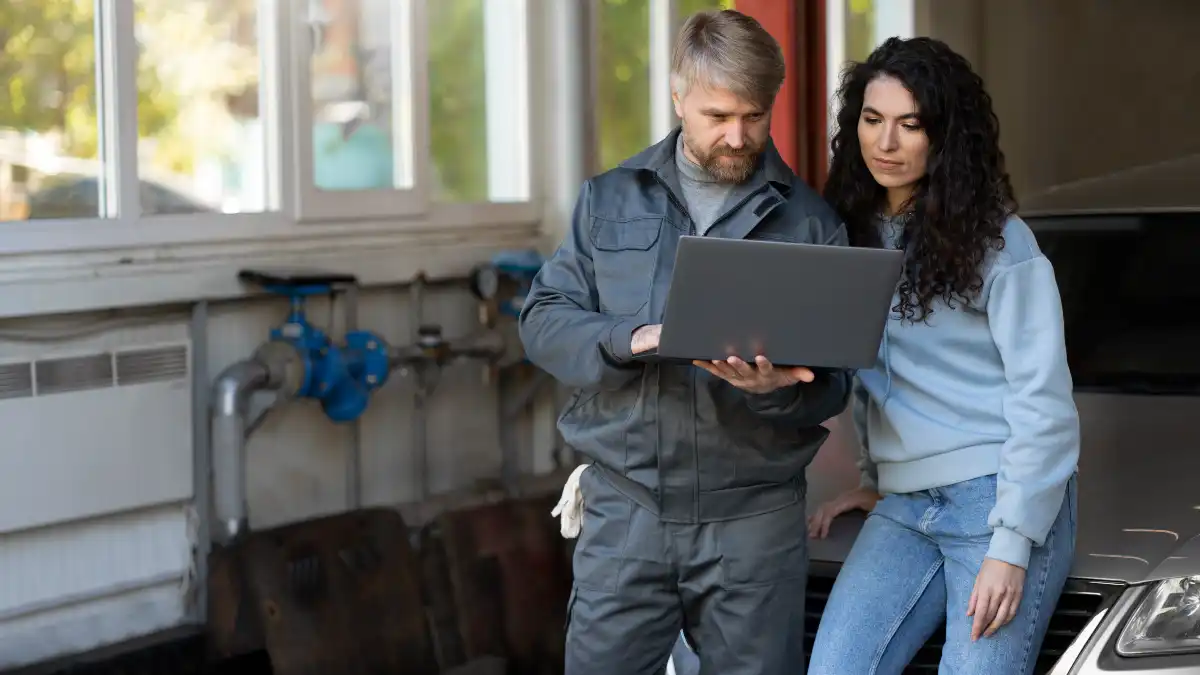
The “Tee-fitting” modification—where a DIYer cuts into a propane line to add an auxiliary heater or grill connection—is a prime example of high-risk amateur engineering.
The Leak Potential and Test Failure Propane systems operate under specific pressures regulated by the two-stage regulator. Adding unauthorized lines changes the system volume and pressure dynamics. Furthermore, amateur connections using hose clamps or improper thread sealants are prone to leaking.
A certified RV inspection includes a “drop-pressure test” using a manometer. If the system fails to hold pressure—a common outcome of DIY modifications—the propane system is red-tagged and condemned until professionally repaired.
Insurance Exclusion Insurance policies contain specific exclusions for volatile fuel systems tampered with by non-certified personnel. Evidence of DIY propane work can lead to immediate policy cancellation. For a buyer, a condemned propane system means no heat, no hot water, and no cooking—a non-functional RV.
8. Non-Compliant Electrical and Lithium Conversions
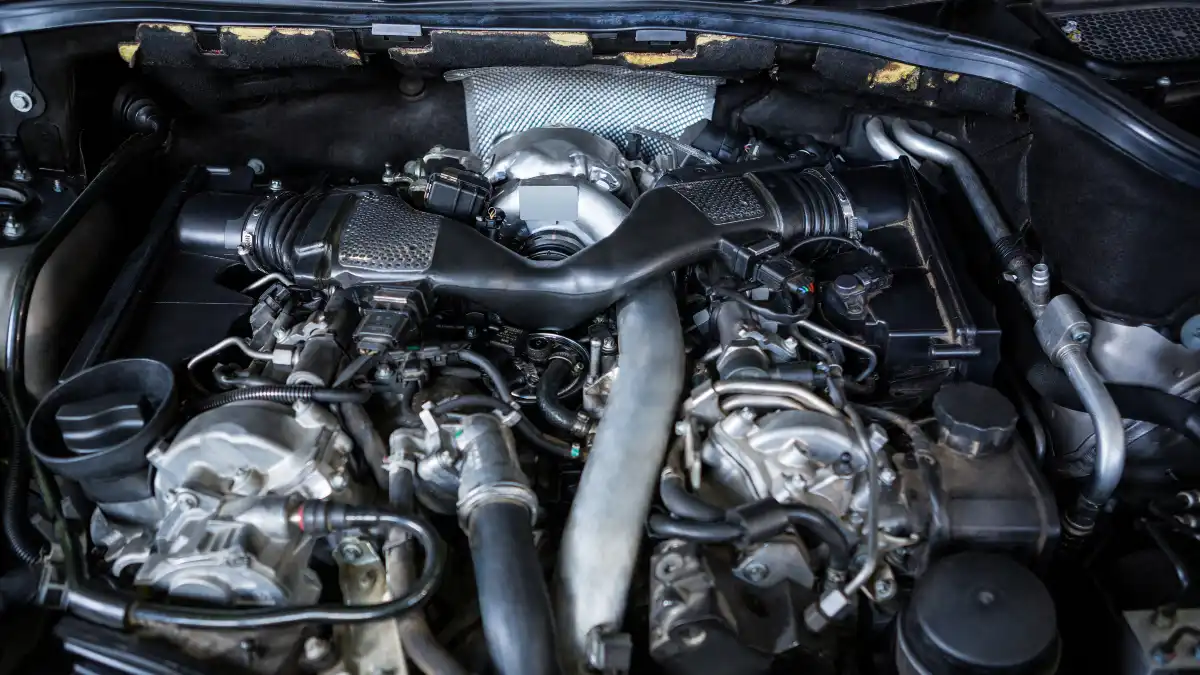
The shift to Lithium Iron Phosphate (LiFePO4) batteries is a desirable upgrade, but only when executed with strict adherence to electrical codes.
The Thermal Runaway and Fire Risk Lithium batteries have different charging profiles and current capabilities than lead-acid batteries. Simply dropping a lithium battery into a system designed for lead-acid can overheat the alternator, melt wiring, or damage the converter.
Worse, DIY wiring often lacks proper fusing or uses undersized gauge wire for high-current inverters, creating a fire hazard. Insurance investigators are trained to identify “spaghetti wiring” and non-marine-grade components. If a fire starts in a DIY battery bank, the claim is denied.
The NEC and RVIA Standards New standards emphasize stricter compliance for low-voltage systems in RVs, particularly regarding disconnects and overcurrent protection.
An electrical system that looks like a hobbyist project signals to the buyer that the RV is a fire trap. Remediation requires ripping out the entire system and rewiring it—a massive cost that is deducted from the sale price.
9. Seatbelt Removal and Furniture Alterations
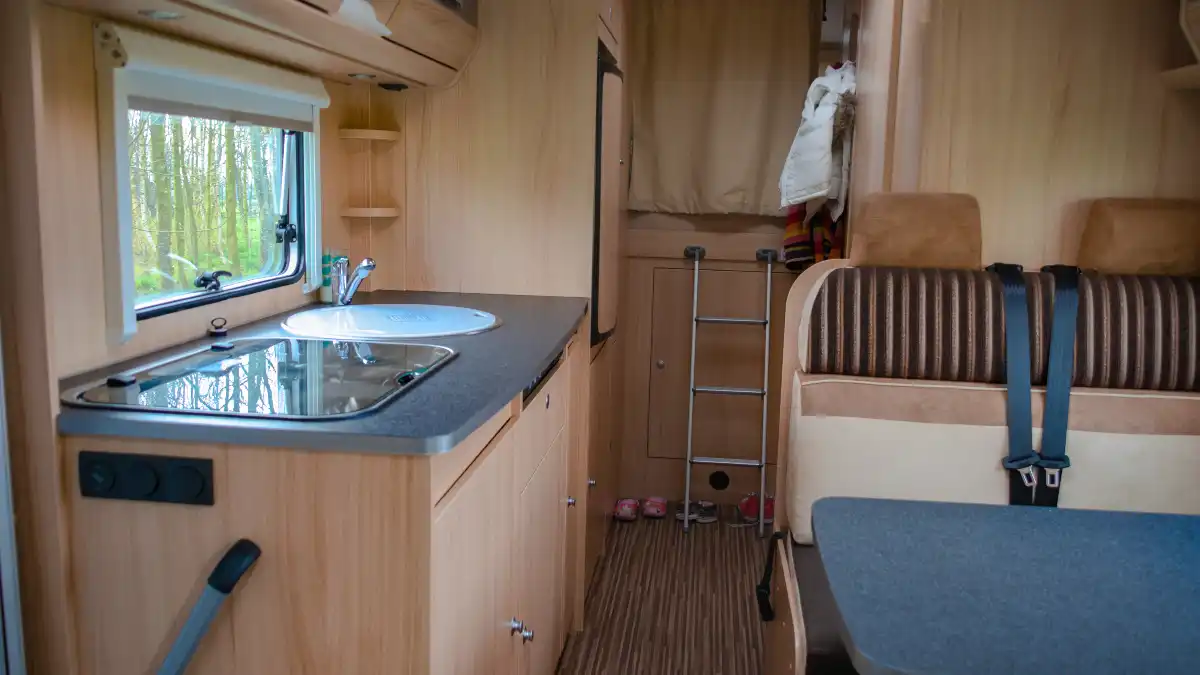
Removing factory-installed furniture, particularly dinettes and sofas in motorhomes, often involves removing FMVSS-compliant seatbelts.
Legal Transport Violation Motorhomes are passenger vehicles. The number of belted seating positions is a legal specification. Removing belts reduces the legal carrying capacity of the vehicle.
A Class C motorhome that sleeps six but only has two seatbelts (driver and passenger) is useless to a family. This modification drastically shrinks the buyer pool to couples or solo travelers, reducing demand and value.
10. The “Black Tank Delete” and Composting Toilet Conversion
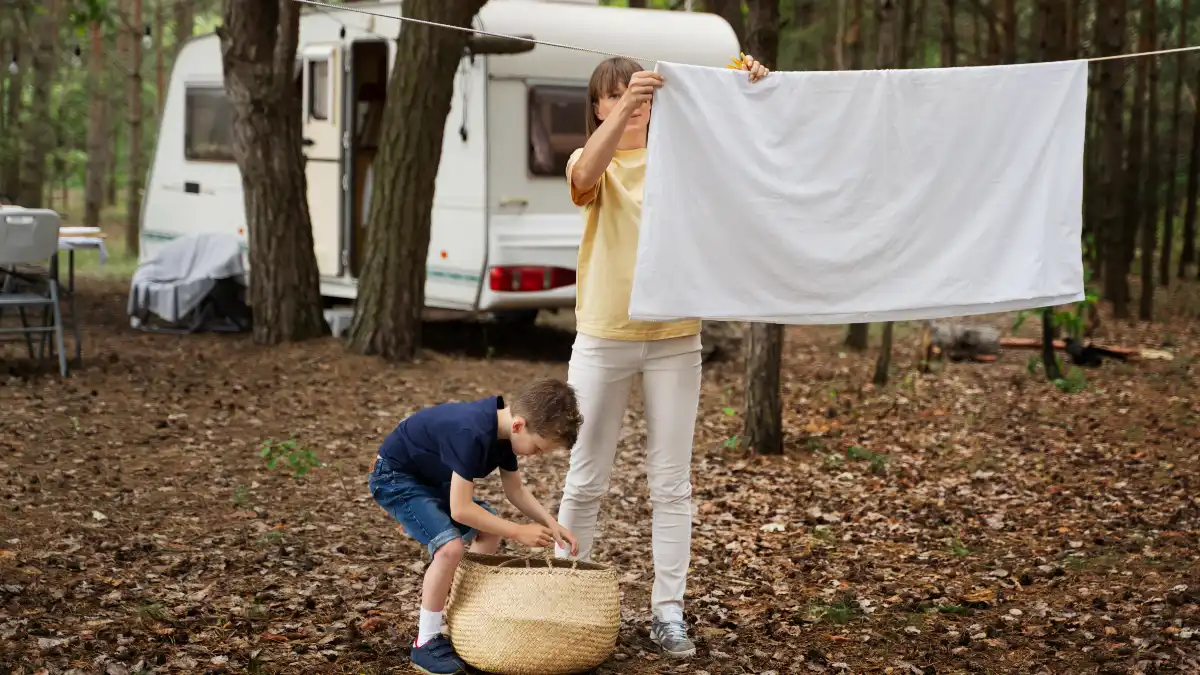
Replacing the standard gravity-flush toilet with a composting toilet and removing the black tank is arguably the single most polarizing renovation in the RV market.
Market Alienation While vocal on social media, the demographic of buyers who prefer composting toilets is statistically small. The vast majority of the market—families, weekenders, retirees—desire the convenience and “normalcy” of a flush toilet.
Removing the black tank eliminates the option to use the RV in its standard configuration. This alienation of 90% of the potential buyer pool forces the seller to deeply discount the unit to move it.
The Hygiene Stigma and Park Bans Used RV buyers are inherently sensitive to hygiene. A used composting toilet carries a significant “yuck factor” and stigma of odor that many find unacceptable.
Furthermore, many campgrounds and RV resorts have instituted rules prohibiting the disposal of composted human waste in dumpsters and may restrict entry to RVs that are not “self-contained” with standard holding tanks. This limits where the RV can be used, further devaluing it.
11. Tankless Water Heater Installation Errors

Tankless water heaters are a modern luxury, but their retrofit into older RVs is fraught with technical pitfalls that lead to system failure.
Freeze Vulnerability Unlike tank heaters, which hold a thermal mass of water that takes time to freeze, tankless units have fine copper heat exchangers that freeze and burst rapidly in cold temperatures.
Without precise installation of freeze protection kits and diligent winterization, these units fail catastrophically. A burst heat exchanger usually requires total unit replacement, a $1,000+ repair that buyers will deduct from their offer.
Flow Rate Incompatibility Tankless heaters require a minimum flow rate to ignite the burner. Many older RV plumbing systems or low-flow fixtures cannot maintain this rate, leading to the “cold water sandwich” effect where the water cycles hot and cold. A buyer testing the systems will perceive the water heater as broken.
12. Residential Refrigerator Retrofits

Replacing a failing absorption fridge with a residential 120V unit is a common “upgrade” that often fails to account for the unique operating environment of an RV.
Ventilation and Efficiency RV fridges are designed to vent heat externally through roof and sidewall vents. Residential fridges vent heat into the room or from the rear coils, which require clearance that tight RV cabinets do not provide.
Without modifying the cabinetry for airflow, residential units overheat and fail. Additionally, they require constant AC power, making the RV dependent on shore power or expensive battery banks, destroying its off-grid (boondocking) utility.
Structural Security Residential fridges are not designed with door latches or mounting flanges for travel. If not expertly secured, the fridge can become a projectile during hard braking or cornering, causing massive damage to the cabinetry and floor.
13. Residential Plumbing Fixtures and Pressure Issues

Swapping lightweight plastic RV faucets for heavy residential metal ones introduces compatibility and efficiency issues.
Connection Failure Residential fixtures often use different thread standards than RV PEX fittings. DIY adaptations using hose clamps or incorrect thread sealants are notorious for slow leaks behind walls. Over time, these leaks rot the subfloor and cabinetry.
Water Consumption Residential faucets typically have flow rates of 2.2 GPM or higher, whereas RV fixtures are rated for 1.5 GPM or less. High-flow fixtures deplete fresh water tanks and fill grey tanks rapidly, reducing the RV’s functional autonomy. For buyers interested in dry camping, this is a functional downgrade.
14. Proprietary “Smart” Home Automation

Hardwiring custom DIY smart home systems—using Raspberry Pi, ESP32 controllers, or non-standard hubs—makes the RV an “orphan” of technology.
Obsolescence and Complexity A buyer purchasing a used RV wants a system they can understand and service. They do not want to inherit a custom-coded home automation system that only the original owner knows how to troubleshoot.
If the custom server fails or the Wi-Fi disconnects, and the lights or slide-outs cannot be operated, the RV is functionally broken. “Smart” upgrades should be non-invasive and removable; integrated, hardwired systems effectively unsell the RV to any non-tech-savvy buyer.
15. The DIY Exterior Paint Job

The temptation to paint over faded decals or yellowed fiberglass is strong, but the chemical reality of RV substrates makes this a high-failure modification.
Adhesion Failure RV exteriors (gel coat, aluminum, fiberglass) require industrial-grade preparation, specific primers, and catalyzed paints to withstand UV exposure and road abrasion. DIY jobs using latex house paint or rattle cans often begin peeling within months.
A peeling paint job signals a “cover-up” to buyers, suggesting the owner was trying to hide delamination or damage. Professional repainting costs upwards of $10,000; a bad paint job essentially totals the cosmetic value of the RV.
16. Interior Painting and Peeling
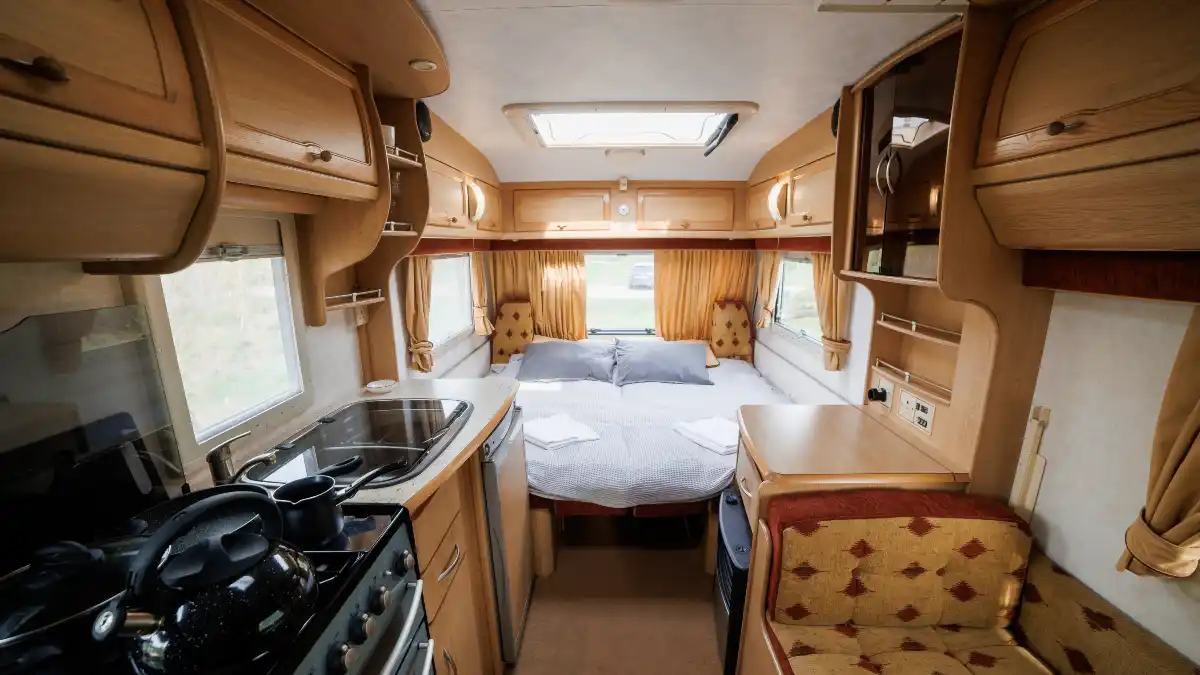
Painting over vinyl-wrapped cabinetry is the hallmark of the “flip,” but without extreme prep (sanding, bonding primer), the paint will not stick to the slick vinyl surface.
Durability Issues In the high-traffic, high-vibration environment of an RV, poorly bonded paint chips and scratches immediately. Buyers walking into a renovated RV where every cabinet door has chipped edges perceive the unit as “shabby” and “low quality.”
Furthermore, using standard residential paints can leave a lingering odor in the small volume of an RV that is difficult to remove.
17. Vinyl Plank Flooring in Slide-Outs

Replacing carpet with Luxury Vinyl Plank (LVP) is a standard renovation that often leads to mechanical and aesthetic failure.
Thermal Expansion and Buckling RVs experience extreme temperature swings—from sub-freezing in storage to 100°F+ in summer. Floating vinyl floors expand and contract significantly. Without large expansion gaps (which look unsightly), the floor will buckle and heave, creating tripping hazards.
Slide-Out Jamming Many slide-out mechanisms, particularly “flush-floor” designs, are engineered to glide over carpet. They often scratch, gouge, or get stuck on rigid vinyl flooring. This can damage the slide motor, the floor itself, and the slide ramp, leading to expensive repairs.
18. Painting Shower Surrounds

Refinishing a yellowed plastic shower surround with epoxy or tub paint is a temporary cosmetic fix that fails in the wet, flexible environment of an RV.
The Flexibility Problem RV shower pans and walls flex as the vehicle moves and as the user stands in them. Rigid epoxy paints cannot accommodate this flex and inevitably crack and peel. This creates a surface that traps mold, looks diseased, and cannot be cleaned. Buyers view a painted shower as a “gut job,” deducting the cost of a full shower replacement from their offer.
19. Removal of Slide-Out Trim and Fascia

Removing the “dated” slide-out fascia for a sleek, modern look often exposes the slide mechanisms and compromise seals.
Seal Integrity The fascia often plays a functional role, acting as a stop for the slide-out or compressing the wiper seal against the wall. Removing it can create gaps where water, insects, and drafts enter the RV. Additionally, it reveals rough construction gaps and hardware never meant to be seen, giving the interior an unfinished, “in-progress” aesthetic.
20. Hyper-Personalization

Renovating with highly specific aesthetic choices—bright colors, patterned wallpaper, niche layouts—creates a “dead space” in the market.
The Neutrality Rule High resale value relies on broad appeal. A “boho chic” renovation with pink cabinets appeals to a tiny fraction of buyers. Most buyers want a neutral canvas they can make their own. The cost to revert a hyper-personalized RV to a neutral state is mentally calculated by the buyer and deducted from the sale price. Trends age faster than the RV itself; what is trendy in 2024 may look dated and tacky by 2026, accelerating cosmetic depreciation.
21. The Curse of Silicone Sealant
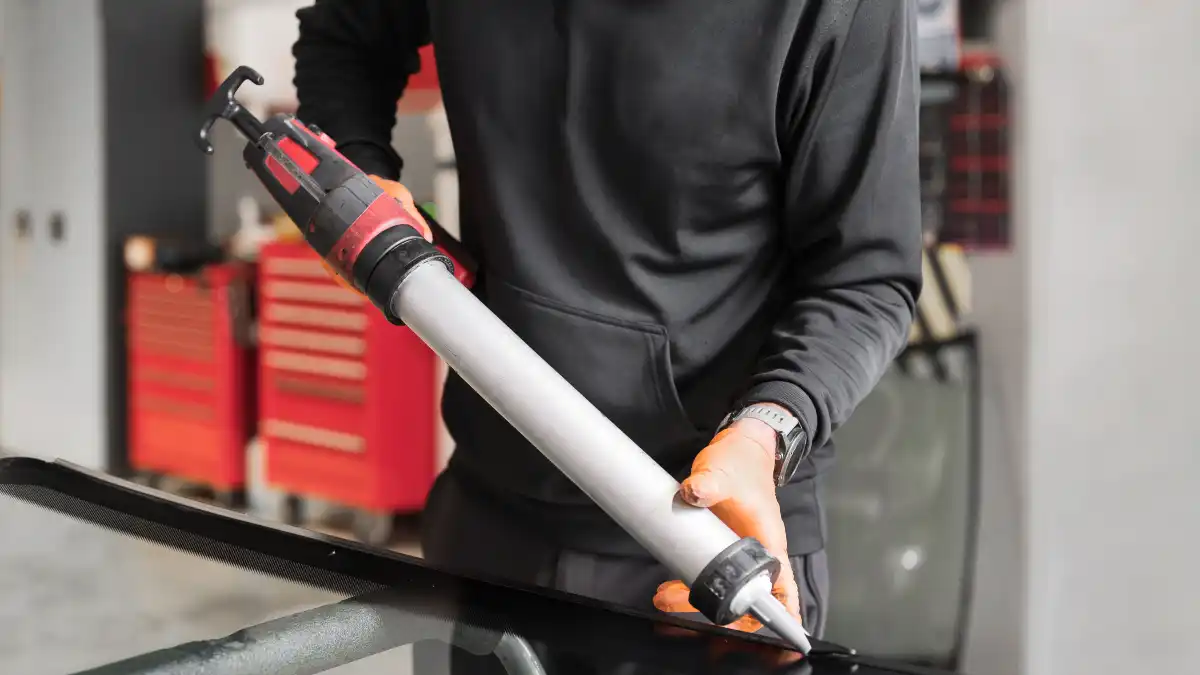
Using standard hardware store silicone sealant on RV exteriors is a cardinal sin of maintenance that complicates all future repairs.
The Residue Nightmare Silicone leaves a chemical residue that prevents anything else—including fresh silicone or proper RV sealants like Dicor or Proflex—from adhering. Once used, the area must be mechanically sanded or chemically treated to ever seal again.
This drastically increases labor costs for leak repairs. Knowledgeable technicians and buyers despise silicone and will devalue a rig that is covered in it, anticipating the nightmare of removing it.
22. Renovating Over Water Damage
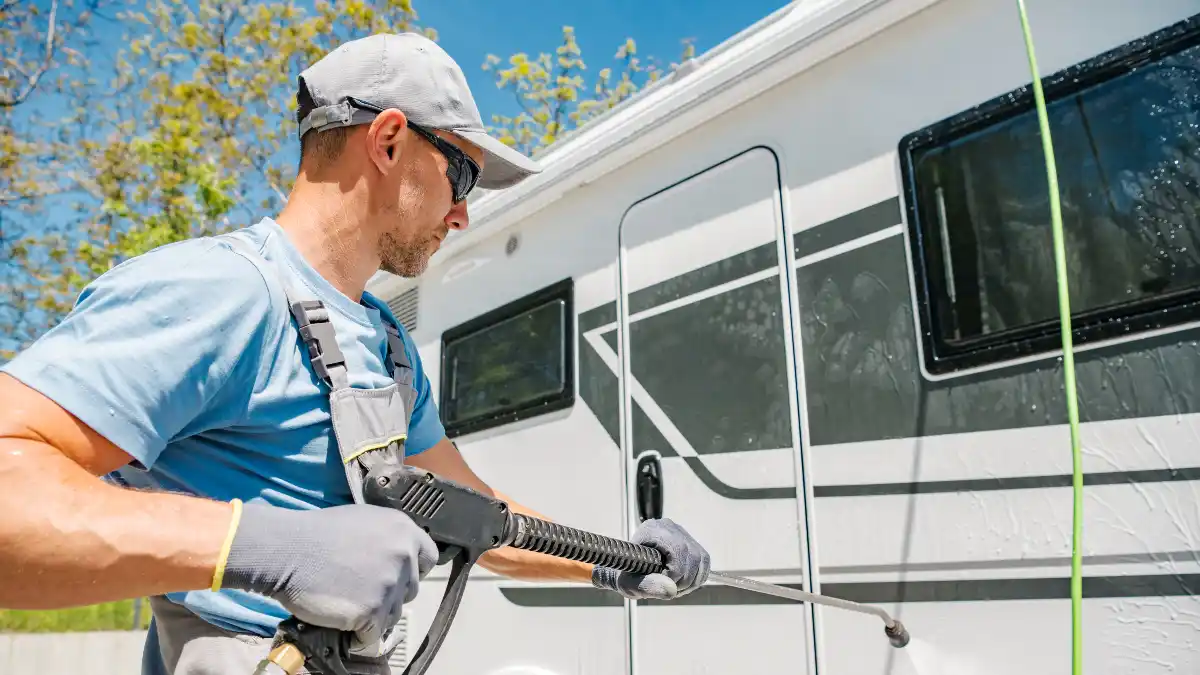
The most unethical and financially devastating mistake is renovating over water damage without remediating the source and the rot.
The Cover-Up Discovery Installing new paneling or flooring over rotted wood traps moisture and accelerates mold growth. Professional RV inspectors use moisture meters and thermal imaging cameras that can see through these cosmetic cover-ups.
When they find hidden moisture, it destroys all trust in the transaction. The buyer assumes the entire renovation is a deceitful “lipstick on a pig” attempt, and the deal collapses immediately.
23. Neglecting Insurance Updates and Documentation

Failing to inform the insurance carrier of major renovations leaves the owner underinsured and vulnerable to policy cancellation.
Coverage Gaps Standard policies cover the Actual Cash Value (ACV) of the stock RV. If an owner invests $20,000 in renovations but doesn’t update the policy to “Agreed Value” or add endorsements, a total loss payout will only cover the depreciated book value of the old, unmodified unit.
The renovation investment evaporates instantly. Furthermore, discovering undeclared major modifications (like wood stoves or roof decks) during a claim can lead to retroactive policy cancellation for material misrepresentation.





